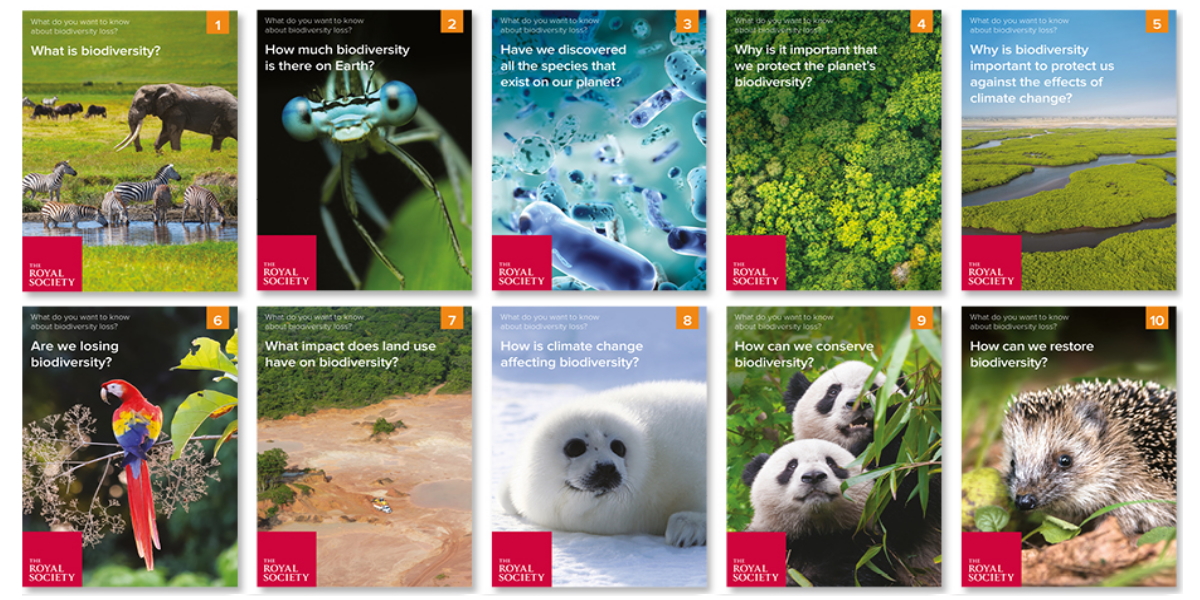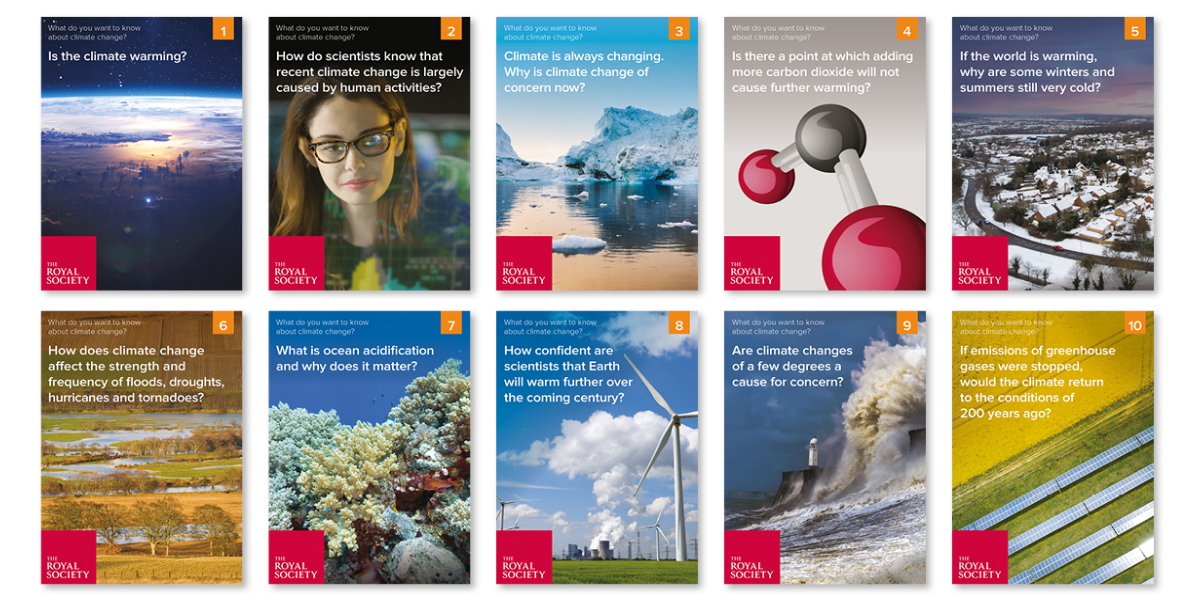Filters
Clear allSubject
- Careers (131) Apply Careers filter
- Climate Change (15) Apply Climate Change filter
- Computing (5) Apply Computing filter
- Creative arts and media (1) Apply Creative arts and media filter
- Cross curricular (15) Apply Cross curricular filter
- Design and technology (60) Apply Design and technology filter
- Engineering (23) Apply Engineering filter
- Food Preparation and Nutrition (20) Apply Food Preparation and Nutrition filter
- Mathematics (21) Apply Mathematics filter
- Psychology (7) Apply Psychology filter
- STEM Ambassadors (6) Apply STEM Ambassadors filter
- STEM Clubs (1) Apply STEM Clubs filter
Age range
Type
- Activity sheet (270) Apply Activity sheet filter
- Article (144) Apply Article filter
- Assessment (3) Apply Assessment filter
- Audio (51) Apply Audio filter
- Data set (3) Apply Data set filter
- Demonstration (3) Apply Demonstration filter
- Diagram (1) Apply Diagram filter
- Experiment (40) Apply Experiment filter
- Game (8) Apply Game filter
- Group work (17) Apply Group work filter
- Image (29) Apply Image filter
- Information sheet (98) Apply Information sheet filter
- Interactive resource (37) Apply Interactive resource filter
- Lecture (1) Apply Lecture filter
- Open-ended task (5) Apply Open-ended task filter
- Poster (9) Apply Poster filter
- Presentation (98) Apply Presentation filter
- Quiz (16) Apply Quiz filter
- Research (59) Apply Research filter
- Self assessment (1) Apply Self assessment filter
- Simulation (1) Apply Simulation filter
- Teacher guidance (369) Apply Teacher guidance filter
- Textbook (56) Apply Textbook filter
- Video (141) Apply Video filter
- Include Physical Resources (289) Apply Include Physical Resources filter
Showing 1159 results
From the Wellcome Trust, these short animations can be downloaded and used in the classroom. The animations help students to understand a range of biological processes and diseases. These include:
* The genome, methods used in DNA sequencing and the translation and transcription of DNA into proteins
*...
Produced by the Wellcome Trust, these resources include an interactive evolutionary tree and a video of the Tree of Life. These materials will help students to find out more about the work of Charles Darwin and evolution. The resources contain:
Tree of life video: The video is a short...
This Catalyst article looks at sperm whales and their ways of communications. Sperm whales can dive deep into the ocean. They use sound waves to communicate in the dark and to detect their prey.
This article is from Catalyst: Secondary Science Review 2016, Volume...
This Catalyst article explains the use of stem cells to treat medical problems, and outlines new possibilities for the use of adult stem cells in treatment.
Currently, stem cells used for treatment are embryonic stem cells, since they have the ability to form any cell type in the body. The example of the use...
Work done in this Nuffield 13 - 16 module followed from the unit called ‘Food and digestion’. This B unit provided enough material for six double periods in the third year of secondary school (year nine). The teachers’ guide included four worksheets to supplement the...
From the Science and Technology Facilities Council (STFC), this resource describes the new and exciting subject that brings together many different branches of science. Astrobiology is the study of how life formed and developed on the Earth, the conditions that made this possible and whether these conditions can...
This Catalyst article looks at Biochemistry, the study of chemical reactions in living things, exploring how it differs from other biological subjects and how examples can be found in everyday life.
This article is from Catalyst: Secondary Science Review 2011, Volume 22, Issue 2.
...

These evidence-based, question and answer style classroom resources can be used to engage students of all ages...
These classroom resources from the Royal Society, based on the latest evidence available to scientists, can be used to engage students in the climate debate and to explore and understand topics relating to climate change. Further resources and extension tasks linked to these activities from the Royal Society are...

These evidence-based, question and answer style classroom resources can be used to engage students in the climate...
This three-minute video provided by Liverpool University highlights aspects of...
This is a simple comprehension activity for students to consider the main features of cystic fibrosis (CF), the recessive pattern of inheritance, carriers and screening. The student worksheets provide a clear diagram of the function of the CFTR protein, which forms a...
This comprehension activity, from Genetic Disorders UK, looks at the main features of Huntington’s disease (HD) and how it affects the brain. Students consider Huntington’s disease as a progressive neurodegenerative disease and the issues surrounding genetic testing for...
